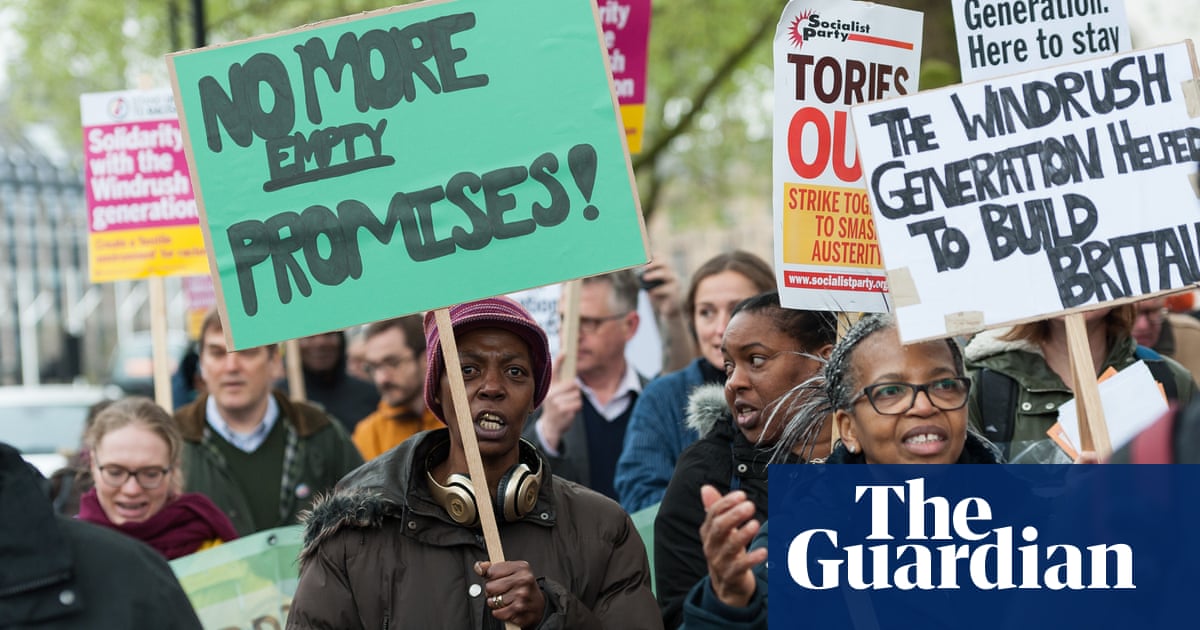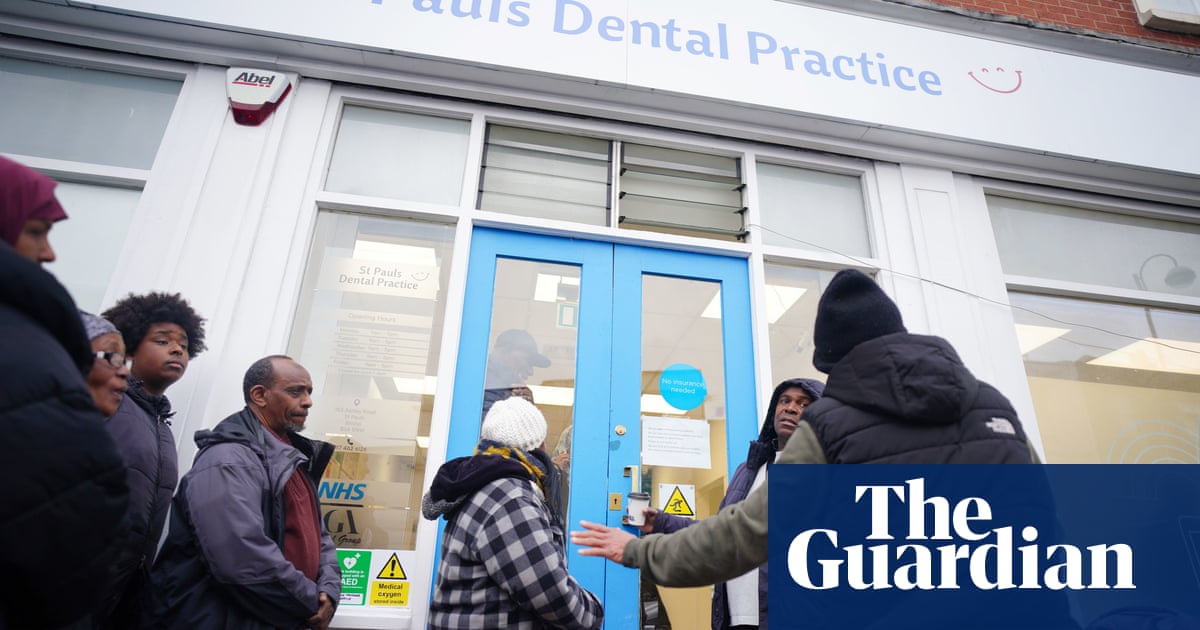
Being London-born of Barbadian and Indian parentage, racial difference was part of my upbringing. However, my first experiences of racism would be transmitted subliminally. I was a child of the 1970s, and programming such as The Fosters, Desmond’s and Empire Road, which portrayed the Black experience in Britain, couldn’t counteract the effects of the dominant media messaging coming from The Black and White Minstrel Show, nor overcome the persistent characterisation of Africa as the “dark continent”, and as “backward” and “savage”.
This racism came back into view with the Windrush scandal in 2018. The assertion that the affair was the unintended consequence of the hostile environment immigration policy was best countered by former Guardian columnist Gary Younge who argued that this persecution was “no accident” but rather “cruelty by design”. For Younge, a chronicler of the Black experience in Britain, the Caribbean and US, “this is not a glitch in the system. It is the system … A system cannot fail those it was never meant to protect.”
Too often, racism is perceived as bad acts perpetrated by the warped mindsets of unsavoury individuals. However, this oversimplification neglects to recognise the embedded racialised policies, procedures, practices and power relations that undermine the equity of systems and the fairness of institutions. The Home Office is one such institution where racism was embedded in its culture.
The Windrush victims found genuine sympathy among large swathes of British society. But also some resistance. There is undoubtedly a reticence among some Britons to really listen to arguments for racial justice. The reasons are many: an English tradition of avoiding uncomfortable conversations; the highly contested and polarised debates dominated by a small, vociferous group for whom colonialism was an act of benevolence; a zero-sum mindset perceiving benefits to some coming at the expense of others; and a selective memory when it comes to our colonial history – and wilful misunderstanding, too.
These rationalisations serve to place the burden of responsibility for tackling racism on to victims rather than the perpetrators – and have made it difficult for the Windrush victims to receive the justice they deserve.
Black and other minority ethnic groups are held to a different standard compared to the victims of other miscarriages of justice. Windrush victims have been required to prove their case “beyond reasonable doubt” rather than “on the balance of probabilities” in order to access compensation, with some suffering the ignominious request to undergo DNA testing to prove they are related to their immediate family. The government has also rolled back three key recommendations of the Windrush Lessons Learned Review. But I am ecstatic, as I am sure are the wider Windrush generation, that this decision was found to be unlawful in a high court ruling this month.
In 2022, I was appointed the Church of England’s director of racial justice to implement From Lament to Action, the Church’s commitment to overcoming its institutional racism. The report of the Archbishops’ Antiracism Taskforce affirmed the “urgency of now” noting: “A failure to act now will be seen as another indication, potentially a last straw for many, that the Church is not serious about racial sin.”
A journey of healing and repair has already begun. In 2020, the Church of England’s ruling body, the General Synod, issued an apology for the racism directed at the Windrush generation, whether through direct hostility by some congregations or the absence of welcome by others, since their arrival in the 1940s and 1950s. While 69% of West Indians attended a historic denominational church in the Caribbean (Anglican, Catholic, Methodist, Presbyterian, Congregational or Baptist), only 4% of those arriving in Britain continued to worship in the same tradition.
This apology was accompanied by a statement from the archbishop of Canterbury, Justin Welby, accepting that the church was “still deeply institutionally racist”. Since then, research has concluded into the historic linkages between the church and African chattel enslavement and a £100m Fund for Healing, Repair and Justice established, with aims to increase it to £1bn. Racial justice is not yet embedded in the church’s mission, but I can attest to the fact that we as an institution choose to stand against the evil and pernicious sin of racism. There is much work to do, but I hope we can be a model for genuine reflection on the injustices experienced by Black and ethnic minority communities in the UK – and for how true justice can be achieved.
James Baldwin, once, briefly, a neighbour of my parents in London, wrote: “Not everything that is faced can be changed, but nothing can be changed until it is faced.” At the heart of all racial progress in Britain must lie an acceptance that there are inequities to be challenged – the Windrush scandal proved that to be true. So let us use this day to honour those West Indians whose landing at Tilbury Docks on 22 June 1948 symbolised the birth of modern, multicultural Britain. For they, for I – for we all – belong here.
Guy Hewitt is the inaugural director of racial justice in the Church of England, a priest and former high commissioner to the UK. He was born in London and raised in Barbados












